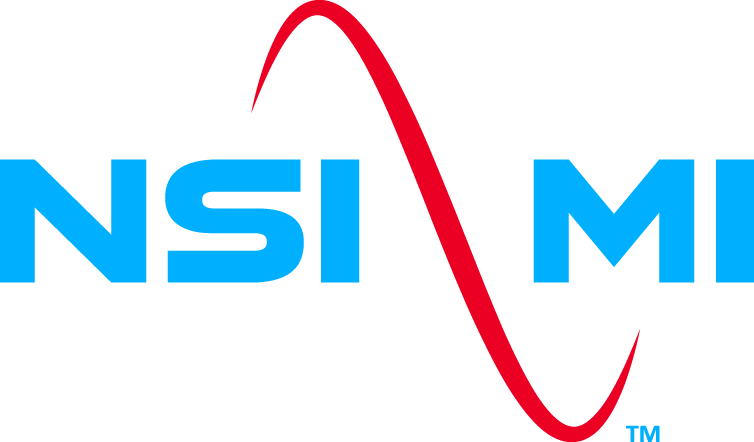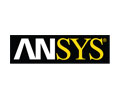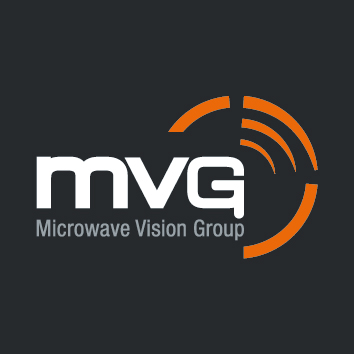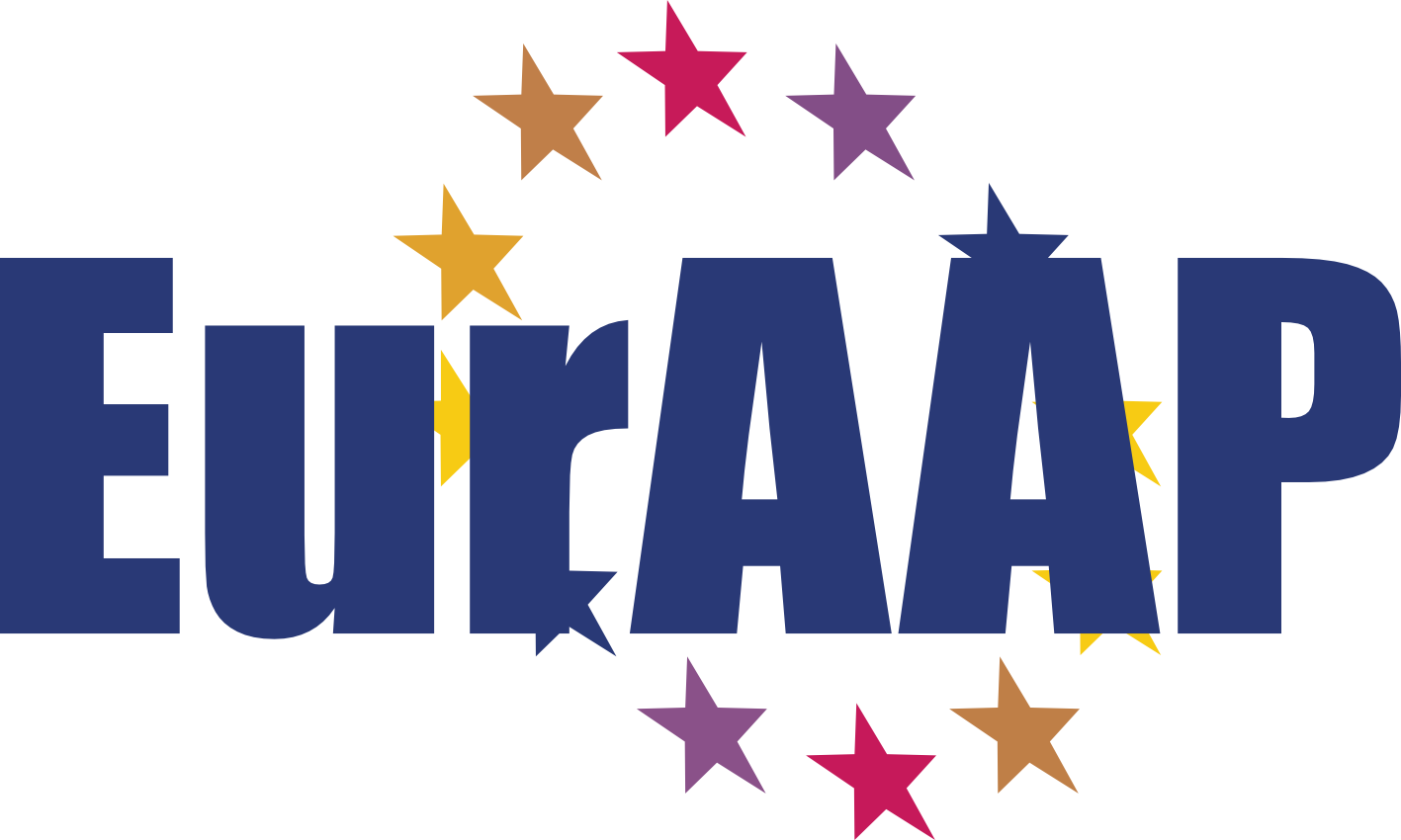Terahertz Communications: Ultra-broadband Transceivers, Antennas and Propagation
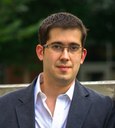 Josep Miquel Jornet is an Assistant Professor with the Department of Electrical Engineering at the University at Buffalo (UB), The State University of New York (SUNY). He received the B.S. in Telecommunication Engineering and the M.Sc. in Information and Communication Technologies from the Universitat Politecnica de Catalunya, Barcelona, Spain, in 2008. He received the Ph.D. degree in Electrical and Computer Engineering from the Georgia Institute of Technology (Georgia Tech), Atlanta, GA, in 2013. From September 2007 to December 2008, he was a visiting researcher at the Massachusetts Institute of Technology (MIT), Cambridge, under the MIT Sea Grant program. He was the recipient of the Oscar P. Cleaver Award for outstanding graduate students in the School of Electrical and Computer Engineering, at Georgia Tech in 2009. He also received the Broadband Wireless Networking Lab Researcher of the Year Award in 2010. In 2016 and 2017, he received the Distinguished TPC Member Award at the IEEE International Conference on Computer Communications (INFOCOM).
Josep Miquel Jornet is an Assistant Professor with the Department of Electrical Engineering at the University at Buffalo (UB), The State University of New York (SUNY). He received the B.S. in Telecommunication Engineering and the M.Sc. in Information and Communication Technologies from the Universitat Politecnica de Catalunya, Barcelona, Spain, in 2008. He received the Ph.D. degree in Electrical and Computer Engineering from the Georgia Institute of Technology (Georgia Tech), Atlanta, GA, in 2013. From September 2007 to December 2008, he was a visiting researcher at the Massachusetts Institute of Technology (MIT), Cambridge, under the MIT Sea Grant program. He was the recipient of the Oscar P. Cleaver Award for outstanding graduate students in the School of Electrical and Computer Engineering, at Georgia Tech in 2009. He also received the Broadband Wireless Networking Lab Researcher of the Year Award in 2010. In 2016 and 2017, he received the Distinguished TPC Member Award at the IEEE International Conference on Computer Communications (INFOCOM).
In 2017, he received the IEEE Communications Society Young Professional Best Innovation Award, the ACM NanoCom Outstanding Milestone Award and the UB SEAS Early Career Researcher of the Year Award. Since July 2016, he is the Editor-in-Chief of the Nano Communication Networks (Elsevier) Journal. He also serves in the Steering Committee of the ACM Nanoscale Computing and Communications Conference series. He is a member of the IEEE and the ACM. His current research interests are in Terahertz-band communication networks, Nano-photonic wireless communication, Intra-body Wireless Nanosensor Networks and the Internet of Nano-Things.
 Chong Han is an Assistant Professor with the University of Michigan–Shanghai Jiao Tong University Joint Institute, Shanghai Jiao Tong University, Shanghai 200240, China, since June 2016.
Chong Han is an Assistant Professor with the University of Michigan–Shanghai Jiao Tong University Joint Institute, Shanghai Jiao Tong University, Shanghai 200240, China, since June 2016.
He received the Bachelor of Engineering degree in Electrical Engineering and Telecommunications from The University of New South Wales (UNSW), Sydney, Australia, in 2011.
He obtained the Master of Science and the Ph.D. degrees in Electrical and Computer Engineering from Georgia Institute of Technology, Atlanta, GA, USA, in 2012 and 2016, respectively. His current research interests include Terahertz Band Communication Networks, Electromagnetic Nanonetworks, 5G Cellular Networks, Graphene-enabled Wireless Communications. He is a member of the IEEE.
Abstract
Terahertz-band (0.1-10 THz) communication is envisioned as a key wireless technology of the next decade. The THz band will help overcome the spectrum scarcity problems of current wireless networks, by providing an unprecedentedly large bandwidth. In addition, THz-band communication will enable a plethora of long-awaited applications, both at the nano-scale and at the macro-scale, ranging from reliable information transfer among non-invasive nanosensors to instantaneous data transfer among mobile devices. The objective of this course is to provide the audience with the necessary tools to contribute to the development of THz communications, including THz transceiver design, ultra-broadband and multi-band THz antenna design and THz propagation and channel modelling.
An in-depth view of THz-band communications will be provided. First, the state of the art and open challenges in the design and development of THz communication devices will be introduced, including THz sources and detectors, modulators and demodulators, and antennas and antenna arrays. Different technology platforms will be described and benchmarked, including electronic devices, photonic devices and plasmonic devices enabled by new materials (e.g., graphene and other 2D materials, and van der Waals structures). Second, the current progress and open research directions in terms of THz-band channel modelling will be presented. The main phenomena affecting the propagation of THz signals will be explained, including the role of molecular absorption, scattering, reflection and diffraction in different applications (from intra-body to on Earth to space communications). Current modelling, simulation and experimental validation strategies will be discussed.
Course Outline
1. Introduction and Applications of THz-band Communication
2. THz Device Technologies
a. THz Transceivers
i.Electronic approach
ii. Photonic approach
iii. Plasmonic approach
b. THz Antennas
i. Multi-band and ultra-broadband antennas
ii. Time-delay antenna arrays
iii. Reflectors, reflect-arrays and metasurfaces
3. THz-band Propagation and Channel Modeling
a. Fundamentals: Spreading Loss, Absorption Loss, Scattering Loss
b. Multi-path Channel Modeling
c. Three-dimensional End-to-end Modeling
d. Ultra-massive MIMO Channel Modeling

